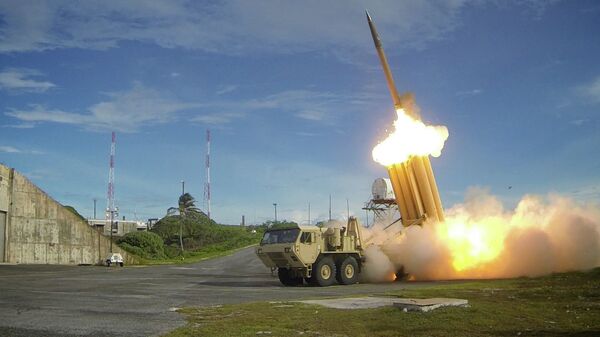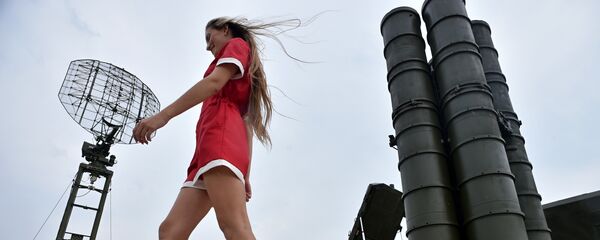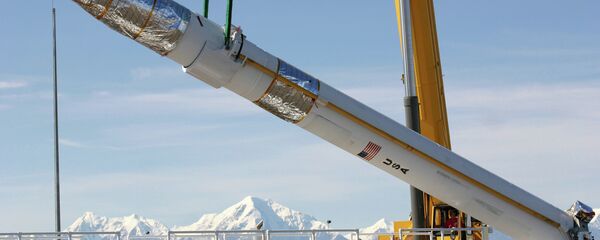The interview came after South Korean Foreign Minister Yun Byung-se said that the decision to deploy the THAAD system in South Korea is linked to the build-up of North Korea's nuclear weapons and ballistic missiles.
#South #Korea & #US are in final stages to deploy #THAAD air defense #missile system Read https://t.co/eGeBKGad6B pic.twitter.com/nLBjZOaEKY
— Army Recognition (@ArmyRecognition) 8 июля 2016 г.
According to Zhebin, the THAAD systems deployment on South Korean territory has nothing to do with North Korea's nuclear tests.
"When planning the implementation of its missile defense program in South Korea, the US proceeded from its globalist schemes related to Russia and China, namely, Washington wanted to undermine the nuclear deterrence of these two countries. And North Korea just became a plausible pretext to justify the THAAD deployment," he said.
He added that even if there was no North Korea, the Americans would have come up with something else, something that Zhebin said has clearly been confirmed by the example of Europe.
"Washington had repeatedly cited the Iranian nuclear issue to justify the deployment of elements of the US missile shield in Europe. Even after the Iranian nuclear dossier was finally closed, Americans continued to implement their plans. In Asia, they will also follow suit regardless of North Korea's actions," he said.
Zhebin also said that Russia currently remains on the horns of a dilemma related to either retain a nuclear North Korea known to be a buffer for US geopolitical ambitions in the region or have the US forces with nuclear weapons and missile defense system on Russia's borders in the East, the Far East, the Chinese-Korean border and the Korean-Russian border.
In this regard, the first option is certainly the best one in terms of Russia's security, according to Zhebin.
In mid-July, thousands of people rallied in the South Korean town of Seongju to protest Seoul's decision to deploy the THAAD system in South Korea.
Some 5,000 people took to the streets of Seongju, saying they had not been consulted, according to the national news agency Yonhap.
South Korea is expected to host US missiles and a radar array. The reports sparked concerns of the potential health risks associated with electromagnetic waves coming from the device.






